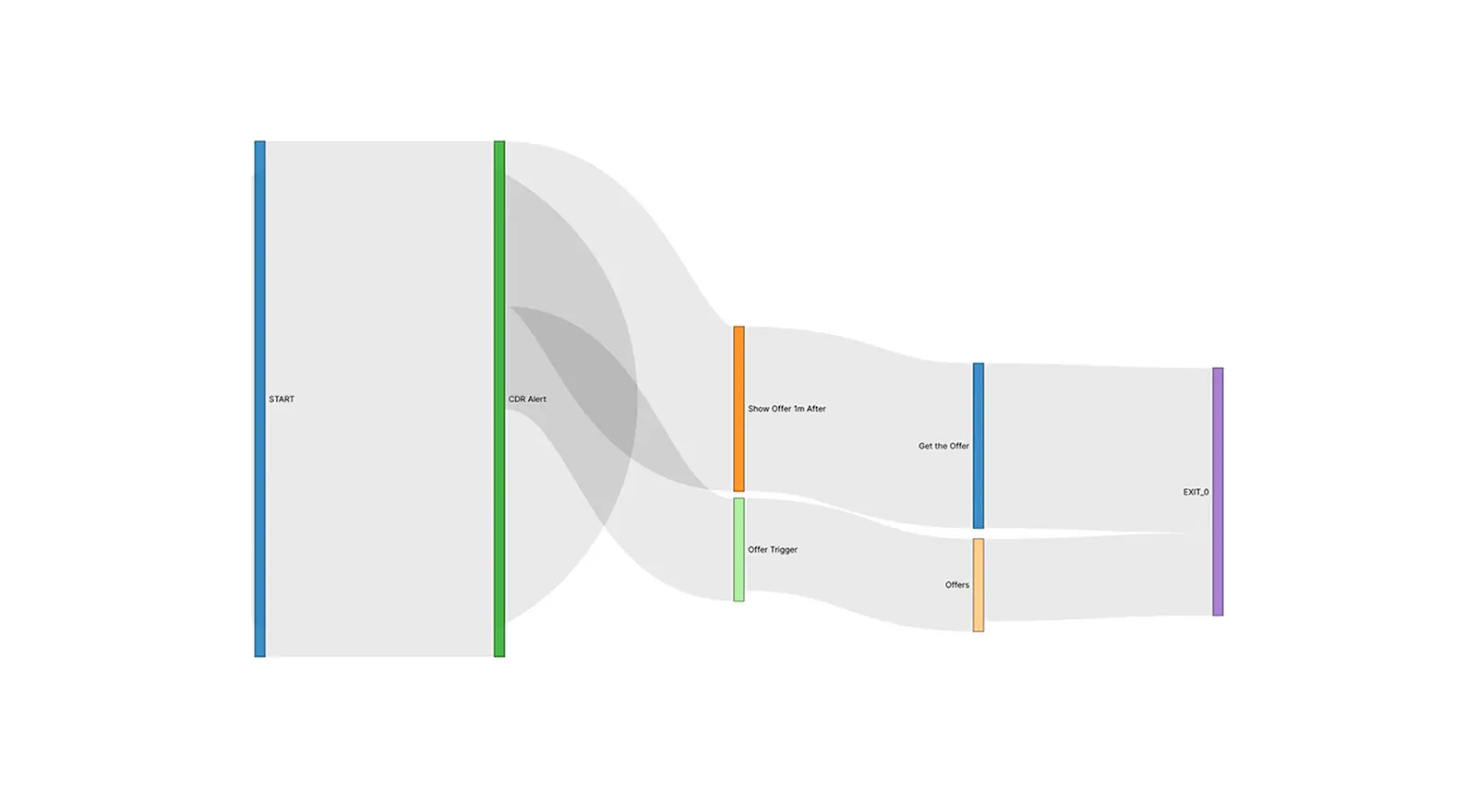Acquisition
What is Acquisition?
Acquisition refers to the overall process of attracting new individuals into a brand’s ecosystem and engaging them, whether that be getting them to download an app, sign up for an account, or make their first purchase. Acquisition is the first critical step in the customer journey, focused on turning awareness into action.
Depending on the business model, acquisition may target users or customers.
What is the Difference Between User & Customer Acquisition?
| User Acquisition | Customer Acquisition |
| User acquisition is often used in freemium or ad-supported models where the goal is to grow a base of active users, whether or not they pay right away. This includes actions such as signing up for an account, downloading an app, or starting a free trial. These users may later convert to paying customers, but the initial goal is engagement and usage. | Customer acquisition typically refers to acquiring paying customers, individuals or businesses, who have made a purchase or subscribed to a service. It’s most relevant for B2B and B2C companies where revenue is tied directly to conversions. |
Strategies for Customer Acquisition
Digital marketers leverage a blend of diverse marketing channels to drive traffic to their website or app and convert that traffic into paying customers.
Traditional Media
Traditional marketing channels such as TV, radio, print, and billboards help build brand awareness at scale, and are especially effective for audiences without access to digital channels.
Content Marketing
Content such as blog posts, articles, webinars, and eBooks that are valuable, educational, or entertaining attract potential customers and builds trust throughout the customer journey.
Social Media Marketing
Social media marketing involves using platforms like Instagram, Facebook, LinkedIn, X, TikTok, and others to build brand awareness, engage with potential customers, and drive traffic to a brand’s website or app. Actions can include regular content posting, responding to comments and DMs, running contests and polls, going live, and participating in viral trends.
Email Marketing
Email marketing is a direct and highly effective way to engage potential and existing customers through targeted messaging, including triggered emails based on user actions and behaviors. Emails can include newsletters, promotional offers, onboarding sequences, informative content, and much more.
Push Notification Marketing
Push notifications are short, real-time messages sent directly to a user's device to encourage engagement and drive action. They're highly effective for re-engaging users, promoting time-sensitive offers, or nudging someone toward completing a purchase or returning to an app.
Brand Ambassadors
By cultivating customer loyalty, brands can incentivize their existing customers to refer friends and family to their products and services. Referral marketing is a cost-effective marketing strategy that encourages customers to act as brand ambassadors and rewards their trust. Additionally, partnering with credible professionals, influencers, or celebrities for promotional purposes extends a brand’s reach and drives faster conversions.
Paid Advertisements
Platforms like Facebook, Instagram, LinkedIn, and TikTok allow businesses to run highly personalized ad campaigns based on demographics, interests, behaviors, and past interactions with a brand. These paid placements can take many forms such as sponsored posts, Stories, and video ads.
Search Engine Optimization (SEO)
Search engine optimization refers to optimizing a website’s content and structure so that it ranks higher on search engines, such as Google and Bing, bringing in organic traffic from people actively looking for related products or services.
App Store Optimization (ASO)
App store optimization improves an app’s visibility and conversion rate in app stores such as Google Play and The App Store through using more popular and relevant keywords, descriptions, visuals, and ratings to drive more downloads.
Key Metrics for Acquisition Measurement
There are a few core metrics marketers use to measure how effective their acquisition strategies are.
Customer Acquisition Cost (CAC)
Customer Acquisition Cost (CAC) is the total cost of acquiring a new customer - including expenses across marketing, sales, tools, and labor - divided by the number of customers acquired.
Measuring the Average Customer Acquisition Cost shows a brand how much they’re spending on average to win each customer, and whether that spending is sustainable and scalable. Customer Acquisition Cost by industry can vary significantly, as different marketing strategies are needed for each brand’s sector, business model, and customer profile.
Formula: CAC = Total Acquisition Costs / Number of New Customers Acquired
Customer Lifetime Value (CLTV)
Customer Lifetime Value is the total revenue a brand can expect from a single customer over their entire relationship. CLTV helps brands determine how much they can spend to acquire a customer while still staying profitable.
Formula: CLTV = Average Purchase Value x Average Purchase Frequency x Customer Lifespan
Return on Investment (ROI)
ROI helps brands understand whether their marketing and sales activities are generating a worthwhile return. A positive ROI means the brand is earning more than it’s spending, which is essential for long-term growth and scalability.
Formula: ROI = (Net Profit / Cost of Investment) x 100
In addition to these key metrics, supporting metrics such as Conversion Rate, Click-Through Rate (CTR), and Retention Rate are helpful in analyzing the effectiveness of customer engagement efforts.
evamX: Driving Acquisition with Omnichannel Intelligence
A real-time, omnichannel marketing platform such as evamX plays a central role in both enhancing customer acquisition efforts and tracking the KPIs that show whether those efforts are working.

evamX provides a unified customer view across multiple channels to build a complete picture of the customer acquisition funnel. Modules such as Journey Designer harness the power of AI and machine learning to deliver personalized campaigns for different customer segments, and Insight Tracker track key acquisition metrics such as CAC, CLTV, and ROI in real-time.
Join the Evam Community
Subscribe to receive the latest insights, news, and updates straight to your inbox.


